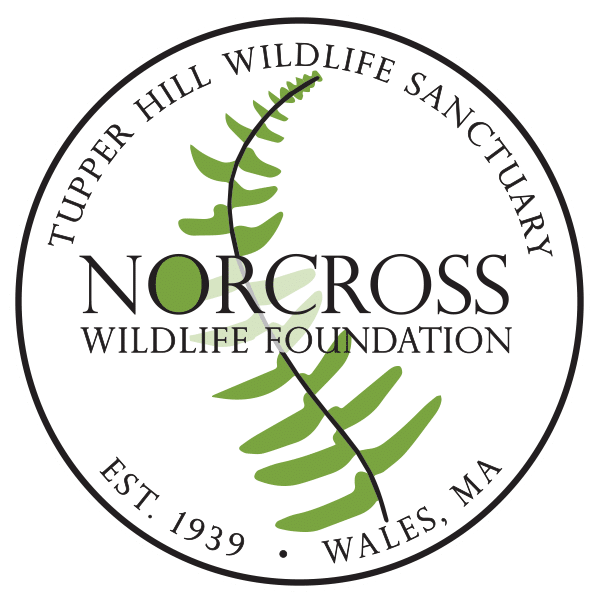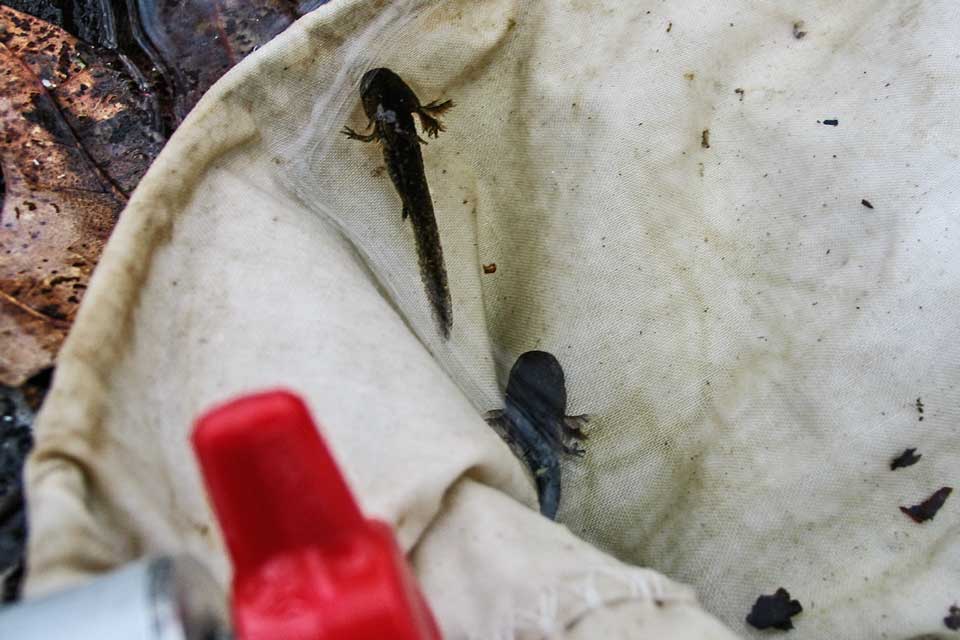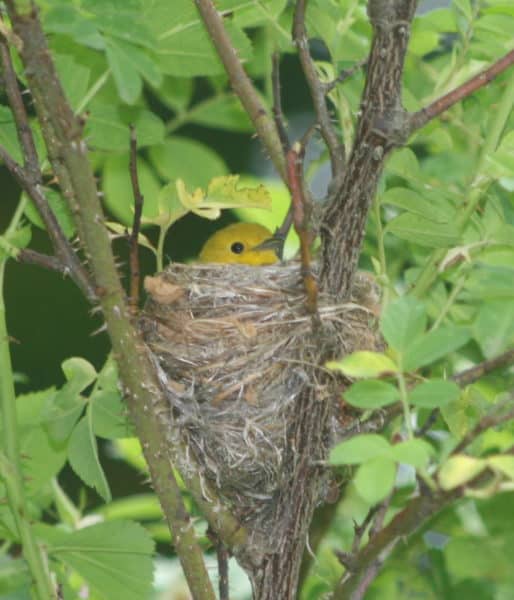I’m sure you’ve heard the bad news about bees, bats and butterflies. Why not lend a hand by turning your yard into a native niche?
The key elements to making your yard attractive to wildlife are food, water and cover.
Plant native species of nectar flowers for hummingbirds and butterflies. Try some berry-producing shrubs, a few evergreens for cover, perhaps a few mast trees and you are on your way to a backyard habitat!
Water features, such as a birdbath or water garden, are a must-have. The sound of moving water will attract more birds to your yard.
Brush piles provide cover. Rotting logs can be used creatively in the garden and provide homes for salamanders and other critters.
Leave standing dead trees (snags) if you can. They provide food and cover for woodpeckers, other small birds and bats. You can also put up a bat house or a nest box for birds. Boxes may also be used on cold, snowy nights for shelter during winter.
Keep your bird feeders clean (wash with a mild bleach solution) and rake up underneath them on a regular basis. Make sure there is no place for cats to hide nearby. Better yet, keep kitty inside. Have too much company at the feeder? Stop feeding.
Use a soaker hose to conserve water. Mulch your beds to keep the soil moist. Try a rain barrel to collect water. Install a rain garden to stop runoff and allow water to soak into soil.
Butterflies feed on nectar, but also need species-specific host plants on which they lay their eggs. These host plants serve as food for the caterpillar stage of their life cycle (think Monarchs & Milkweed).
Pesticides, Herbicides and Insecticides – These chemicals are not part of a healthy habitat. Most are poisons that become more concentrated as they move through the food web. Nature exists in balance. Using these chemicals can weaken the system that keeps pests in check. If you are left with no choice and you have to bring out these “big guns” to battle invasive species, please read the label twice and follow the directions.
Be responsible with your trash! Garbage should be kept securely in metal cans if you don’t want to have trouble with bears, coyotes, raccoons and/or the neighbor’s dog getting into it. Don’t present the opportunity; once it’s been discovered it’s hard to stop. Well run compost piles will not attract pests. Don’t compost meat, bones, grease or pet waste. If critters are a problem, consider an enclosed bin.



